Staying connected to the internet is crucial in today’s digital age. Whether you’re working from home, gaming, streaming, or just browsing a reliable internet connection is essential. But what if your device doesn’t have built-in Wi-Fi or the signal is too weak? That’s where USB Wi-Fi adapters come into play. These handy devices can significantly enhance your internet connectivity. In this guide, I’ll take you through everything you need about USB Wi-Fi adapters, from their types and uses to tips on choosing the right one and troubleshooting common issues.

What is a USB Wi-Fi Adapter?
A USB Wi-Fi adapter is a device that allows you to connect your computer or other devices to a wireless network using a USB port. It acts as a bridge between your device and the Wi-Fi network, enabling you to access the internet without needing built-in Wi-Fi capabilities.
How USB Wi-Fi Adapters Work
USB Wi-Fi adapters convert wireless signals into data your device can understand. Here’s a simple breakdown:
- Plug In: You plug the USB Wi-Fi adapter into an available USB port on your device.
- Install Drivers: Most adapters come with drivers that need to be installed for them to work correctly. Some devices automatically recognize the adapter and install the necessary drivers.
- Connect to Wi-Fi: Once the adapter is installed, you can use it to scan for available Wi-Fi networks and connect to your desired network.
Types of USB Wi-Fi Adapters
USB Wi-Fi adapters come in various types, each designed for specific needs and devices. Let’s explore the most common types:
Standard USB Wi-Fi Adapters
These are the most common types of USB Wi-Fi adapters. They’re typically small, portable, and easy to use. I remember when I first got my standard USB Wi-Fi adapter; it was as simple as plug-and-play, and I was online within minutes.
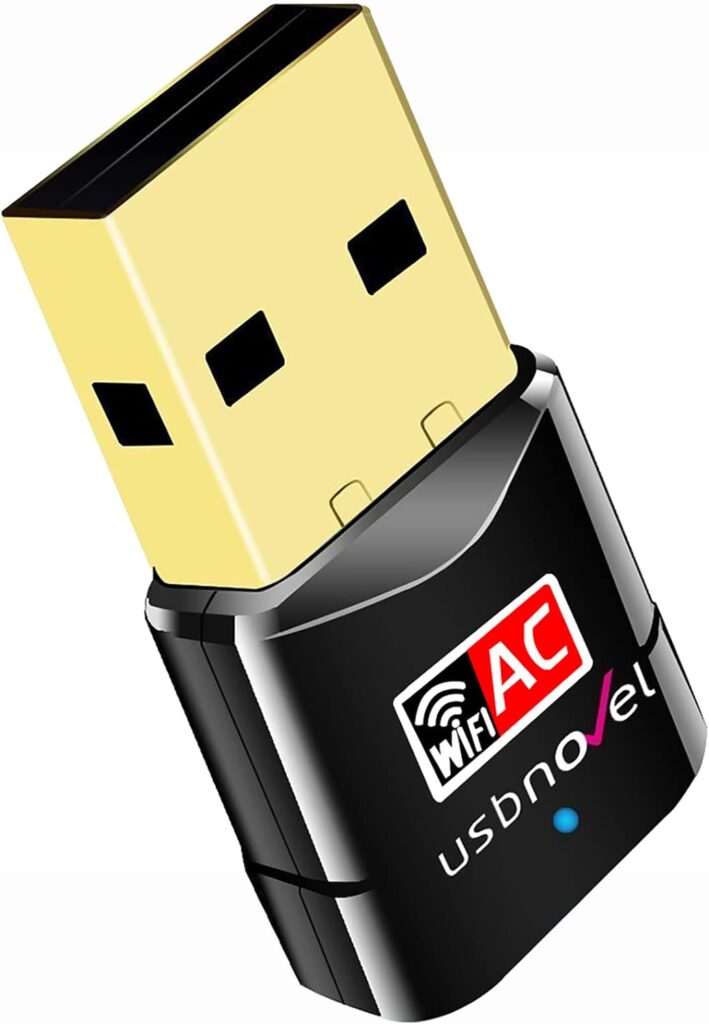
High-Gain USB Wi-Fi Adapters
High-gain adapters come with external antennas that provide a stronger and more stable connection. These are perfect for areas with weak Wi-Fi signals. I’ve used a high-gain adapter in my basement office, where the signal from my router upstairs was weak, and it made a significant difference.
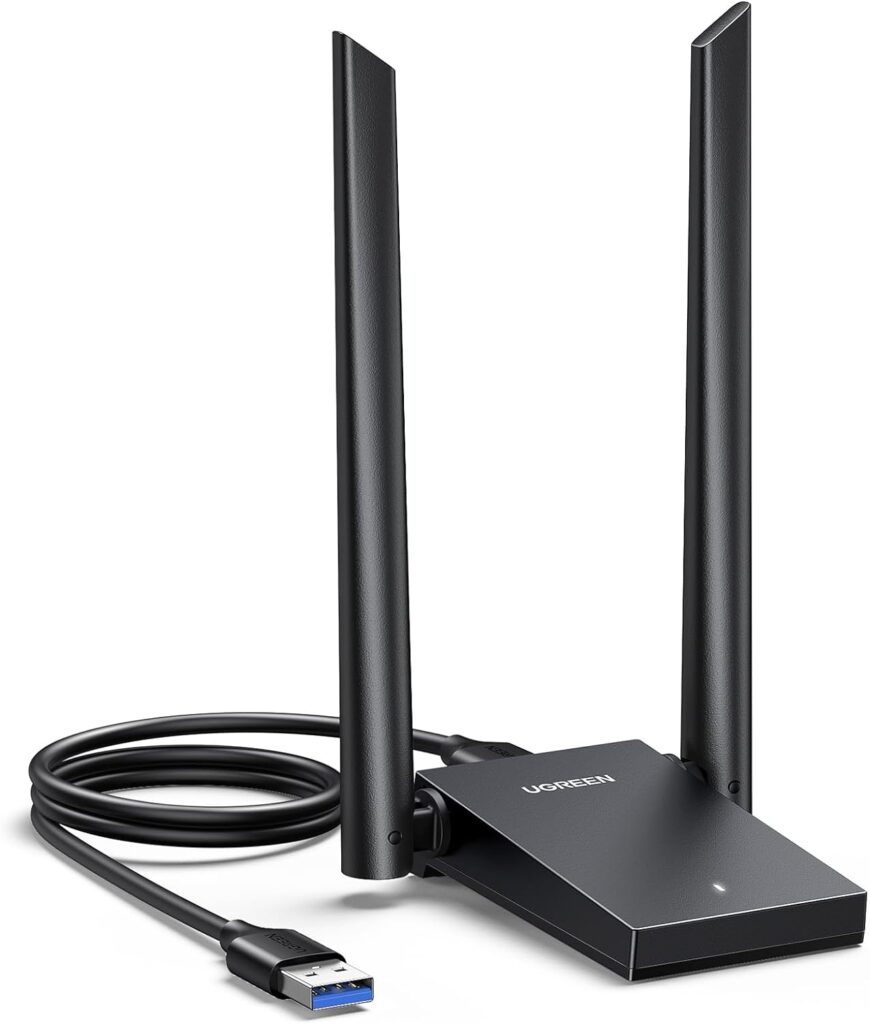
Dual-Band USB Wi-Fi Adapters
Dual-band adapters can connect to both 2.4 GHz and 5 GHz networks. This flexibility is great for reducing interference and improving connection speeds. If you’re in a crowded Wi-Fi environment, a dual-band adapter can help you find a less congested channel.
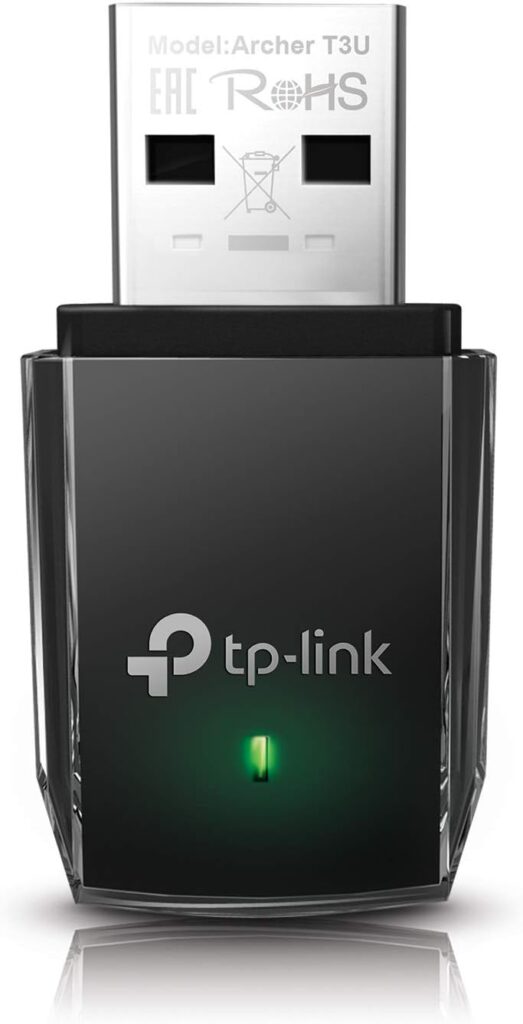
Mini USB Wi-Fi Adapters
Mini USB Wi-Fi adapters are compact and ideal for laptops or devices where you don’t want a large protruding adapter. I love using my mini adapter when traveling because it’s small enough to leave plugged in without worrying about it getting damaged.
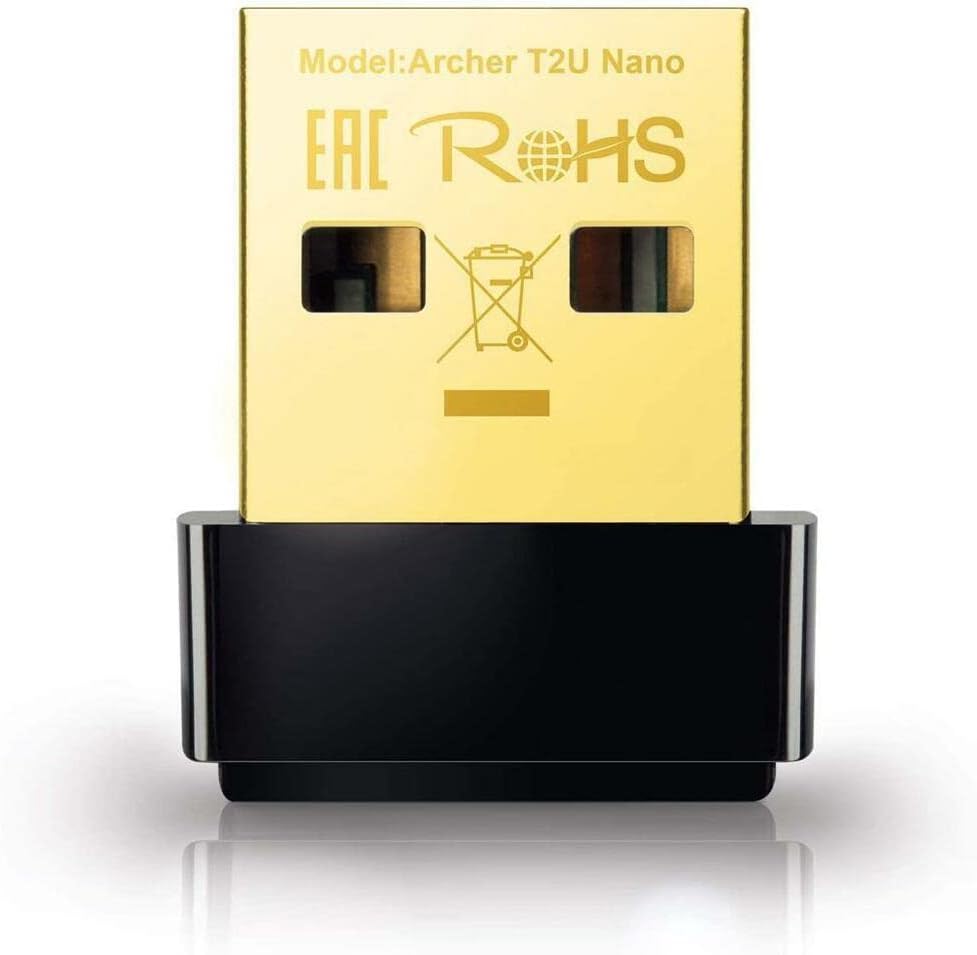
USB Wi-Fi Dongles with Bluetooth
Some USB Wi-Fi adapters also include Bluetooth functionality. These are excellent for connecting Bluetooth devices like headphones, keyboards, or mice while also providing Wi-Fi connectivity.
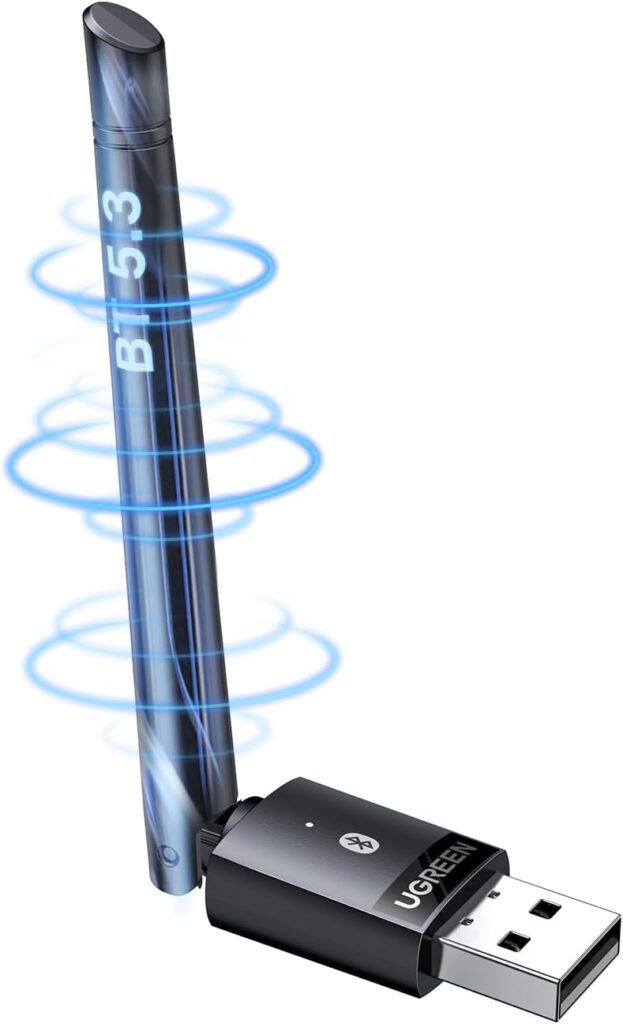
Benefits of Using USB Wi-Fi Adapters
Using a USB Wi-Fi adapter offers several benefits. Let’s dive into some of the key advantages:
Improved Connectivity
One of the primary benefits of USB Wi-Fi adapters is improved connectivity. They can provide a stronger and more reliable connection, especially in areas with weak signals. I’ve experienced this firsthand in my home, where certain rooms have poor Wi-Fi coverage.
Easy Installation
USB Wi-Fi adapters are typically easy to install and use. Most come with plug-and-play functionality, so you can get online quickly without dealing with complex setup procedures.
Portability
USB Wi-Fi adapters are portable and easy to carry around. Whether you’re traveling or moving between different locations, you can easily bring your adapter with you and stay connected.
Cost-Effective
Upgrading your device with a USB Wi-Fi adapter is often more cost-effective than replacing the entire device. This is especially true for older computers that don’t have built-in Wi-Fi.
Versatility
USB Wi-Fi adapters are versatile and can be used with various devices, including desktops, laptops, and even some gaming consoles. I’ve used mine with my laptop, desktop, and even my Raspberry Pi.
Choosing the Right USB Wi-Fi Adapter
With so many options available, choosing the right USB Wi-Fi adapter can be overwhelming. Here are some tips to help you make the right choice:
Determine Your Needs
First, determine what you need the adapter for. Are you looking to improve your home Wi-Fi connection, or do you need something portable for travel? Understanding your specific needs will help narrow down your options.
Compatibility
Ensure the adapter is compatible with your device’s operating system. Most adapters support Windows, but if you’re using a Mac or Linux, check for compatibility.
Speed and Range
Consider the speed and range of the adapter. If you’re streaming or gaming, you’ll want an adapter with high-speed capabilities. For larger homes, a high-gain adapter with extended range might be necessary.
Frequency Bands
Decide if you need a single-band or dual-band adapter. Dual-band adapters offer more flexibility and can help reduce interference in crowded Wi-Fi environments.
Antenna Type
Adapters with external antennas generally provide better performance, especially in areas with weak signals. However, if portability is a priority, a mini adapter might be a better choice.
Brand and Reviews
Look for adapters from reputable brands and read reviews from other users. This can give you insight into the adapter’s performance and reliability.
Setting Up Your USB Wi-Fi Adapter
Setting up a USB Wi-Fi adapter is usually straightforward. Here’s a step-by-step guide to help you get started:
Step 1: Plug in the Adapter
Plug the USB Wi-Fi adapter into an available USB port on your device. If you’re using a desktop computer, it’s best to use a USB port on the back for better stability.
Step 2: Install Drivers
Most adapters come with a CD containing the necessary drivers. If your device doesn’t have a CD drive, you can usually download the drivers from the manufacturer’s website. Follow the installation instructions provided.
Step 3: Connect to Wi-Fi
Once the drivers are installed, you can use the adapter to scan for available Wi-Fi networks. Select your network and enter the password to connect.
Step 4: Adjust Settings
You may need to adjust some settings to optimize performance. For example, you can change the frequency band or update the drivers for better stability and speed.
Using USB Wi-Fi Adapters: Tips and Tricks
Over the years, I’ve picked up a few tips and tricks for using USB Wi-Fi adapters effectively. Here are some of my favorites:
Position Matters
The position of your USB Wi-Fi adapter can impact its performance. Try to place it in a location with a clear line of sight to the router. Avoid obstructions like walls or metal objects.
Use a USB Extension Cable
If your adapter’s performance is poor, try using a USB extension cable. This lets you position the adapter in a better location for improved signal reception.
Update Drivers Regularly
Manufacturers often release driver updates to improve performance and fix bugs. Check for updates regularly and install them to keep your adapter running smoothly.
Secure Your Network
Ensure your Wi-Fi network is secure by using a strong password and enabling WPA3 encryption if supported. This prevents unauthorized access and protects your data.
Monitor Signal Strength
Most adapters come with software that allows you to monitor signal strength. Use this feature to find the best position for your adapter and troubleshoot any connectivity issues.
Use Quality USB Ports
Not all USB ports are created equal. Use high-quality USB ports, preferably USB 3.0, for better performance. Avoid using USB hubs, as they can sometimes cause interference.
Troubleshooting Common Issues with USB Wi-Fi Adapters
Despite their convenience, USB Wi-Fi adapters can sometimes encounter issues. Here are some common problems and how to solve them:
Adapter Not Recognized
If your device doesn’t recognize the adapter, try plugging it into a different USB port. If it’s still not recognized, check if the drivers are installed correctly. You may need to reinstall them or update to the latest version.
Slow Connection
If your connection is slow, ensure you’re connected to the correct frequency band. 5 GHz offers faster speeds but has a shorter range, while 2.4 GHz provides better coverage but slower speeds. Also, check for any interference from other devices.
Intermittent Connection
Intermittent connections can be caused by interference or poor signal strength. Try repositioning the adapter or using a USB extension cable. Updating the drivers can also help resolve this issue.
No Internet Access
If you’re connected to the Wi-Fi network but have no internet access, check your router and modem. Restarting them can often fix the issue. Ensure your network settings are correct, and contact your internet service provider if the problem persists.
Overheating
Overheating can occur if the adapter is overworked. Ensure it’s in a well-ventilated area and not covered by other objects. If overheating continues to be a problem, consider getting an adapter with better heat dissipation.
Future of USB Wi-Fi Adapters
As technology advances, so will USB Wi-Fi adapters. Here are some trends to watch for in the future:
Wi-Fi 6 and Beyond
Wi-Fi 6 is the latest Wi-Fi standard, offering faster speeds, improved performance in crowded environments, and better energy efficiency. USB Wi-Fi adapters supporting Wi-Fi 6 are already available, and we can expect even more advanced standards in the future.
Smaller and More Powerful Adapters
Future USB Wi-Fi adapters will likely become smaller and more powerful, offering better performance in a compact form factor. This will make them even more convenient for portable use.
Enhanced Security Features
With the increasing focus on cybersecurity, future adapters will likely incorporate advanced security features, such as WPA3 encryption and secure boot, to protect your data and devices.
Integration with Other Technologies
We can expect to see more USB Wi-Fi adapters that integrate with other technologies, such as Bluetooth or cellular connectivity. This will provide even more versatility and convenience.
Conclusion
USB Wi-Fi adapters are invaluable tools that can enhance your internet connectivity, whether you’re dealing with weak signals, outdated devices, or just needing a portable solution. By understanding the different types of adapters, their benefits, and how to choose and use them effectively, you can enjoy a seamless and reliable internet experience.
I hope this comprehensive guide has provided you with all the information you need about USB Wi-Fi adapters. Whether you’re a tech enthusiast or just looking to improve your home network, USB Wi-Fi adapters are a versatile and cost-effective solution.
If you have any questions or need further assistance, feel free to reach out. I’m always here to help you stay connected!
Related articles:

SAMMY MWANGI the editor of Autohomegadgets.com. He is an Electronics Technician enthusiast and a Sales Manager in one of the leading ICT companies in Africa. When he is not working, he loves to travel and explore nature. He is a Robot fanatic too.







